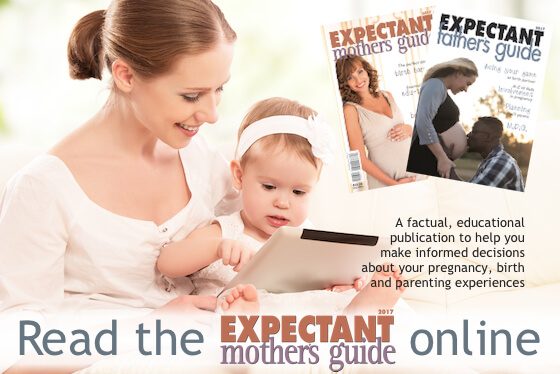| | A free, monthly newsletter with a roundup of the best the internet has to offer about mom-to-be and baby. | | | | | Issue #27 | | | | | | |  | | | | | | (www.expectantmothersguide.co.za) | | | Research on birthing facts in SA in the private sector | | | | | | | | | | | (sarahbuckley.com) | | | What do you know about epidurals and their risk and benefits? In this blog (Part 1), Dr Buckley explores the impacts of epidural on oxytocin and the flow of labour, and what this might mean for mothers and babies. Epidurals are a very effective method of pain relief for labouring women, and are often encouraged by caregivers, even before labour begins. Like all interventions, epidurals have benefits and risks for mothers and babies | | | | | | | | | | | (sarahbuckley.com) | | | What do you know about epidurals and their risk and benefits? In this blog (Part 2), Dr Buckley explores the impacts of epidural on the hormones of labour and birth, and what this might mean for mothers and babies in the short and longer-terms. Like all interventions in labour and birth, epidurals have benefits and risks for mothers and babies | | | | | | | | | Breastfeeding Brought to you by the SACLC | | | | | | | | | (www.who.int) | | | Breastfeeding is one of the most effective ways to ensure child health and survival. If every child was breastfed within an hour of birth, given only breast milk for their first six months of life, and continued breastfeeding up to the age of two years, about 800 000 child lives would be saved every year | | | | | | | | | | | (skintoskinbenefits.com) | | | It’s not uncommon to experience the “baby blues” after giving birth. Skin-to-skin contact between mom and baby might be an effective way to alleviate postpartum sorrows. Support and encourage skin to skin moments | | | | | | | | | | | (www.cdc.gov) | | | Skills such as taking turns, playing make believe, and kicking a ball, are called developmental milestones. Developmental milestones are things most children can do by a certain age. Children reach milestones in how they play, learn, speak, behave, and move (like jumping, running, or balancing). Because of children’s growing desire to be independent, this stage is often called the “terrible twos.” However, this can be an exciting time for parents and toddlers | | | | | | | | | | | (www.positivebirthstories.com) | | | I have tried time and time again to write my birth story and I have always stopped because there is so much to write down that I didn’t know where to start. However, I definitely want to get it all down before I start forgetting things so I’m biting the bullet… after 3.5 months (haha). A little background on me- I am a nurse and I worked in labour and delivery for five years. I currently work for a high-risk maternity home health care company. Not only have I seen a lot of births- I’ve seen it all. The good (a beautiful normal delivery), the bad (a full term baby that passed away for no reason), and the ugly (labour wards are full of drama) | | | | | | | | | | | (kidshealth.org) | | | As kids begin to understand language, verbal humour is a great source of amusement. Rhymes and silly names, even nonsense words that just sound funny are favourites. You'll be surprised how many times your toddler can listen to you sing "my name is Yon Yonson, I come from Wisconsin" and still find it funny. Kids this age also can anticipate humour. If you repeat jokes regularly, you'll find your child giggling before the punch line | | | | | | | | | Did you enjoy this issue? | | | | | | | | | |